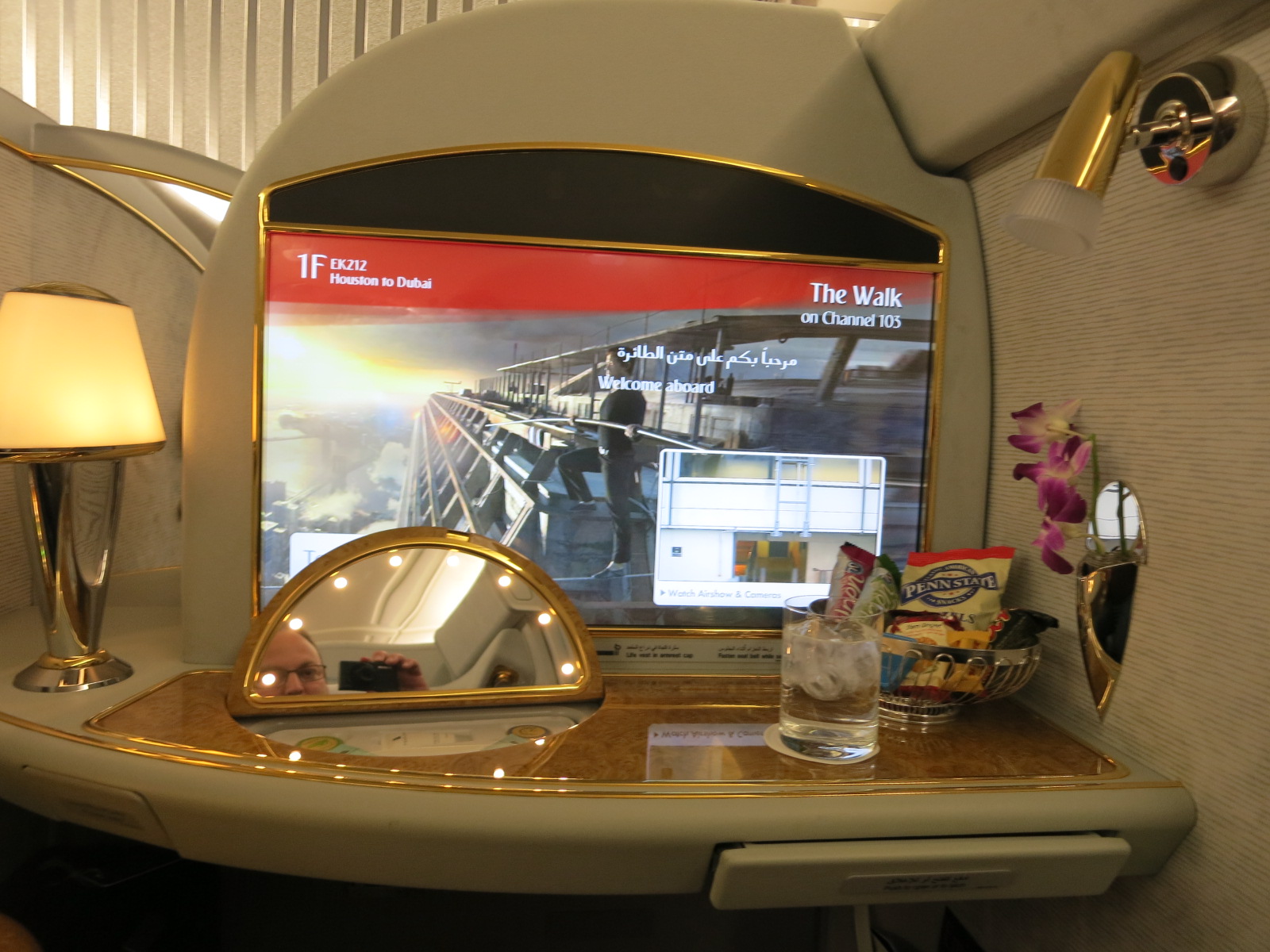Moving maps, thousands of movies and TV shows, and systems that let you create playlists and favorites and even keep your favorites from flight to flight using your frequent flyer number, inflight entertainment has come a long way.

Take for instance,
- United international first class in the mid-2000s had tape cartridges you could play at your seat. Flight attendants would distribute physical tapes to passengers for the flight.
- Flying United business to Australia two decades ago they offered a handful of channels on a loop. One particularly rough flight I couldn’t sleep the whole way over and watched one James Bond film after another. It’s a good thing I’d seen them before, because when you’d get up to go to the bathroom you missed part of your show.
- Of course in the back of the plane you didn’t have a choice, there was a TV screen showing a single show – you either chose to watch it (listening via headphones plugged into your seat) or not at all.
With the advent of wireless streaming technology, Alaska, American, and United are moving away from seat back entertainment to forcing customers to watch shows on their own devices. A cell phone isn’t a seat back screen, and not all flights with streaming entertainment have seat power. In contrast Delta and JetBlue remain committed to seat back entertainment.
On widebody flights though even American and United have continued to put screens onto planes. For the longest flights even they concede it’s a necessity. Where things break down though is newer narrowbody aircraft flying longer distances, such as the 737 MAX — outfitted for short domestic hops, it’ll be used for trips over 3000 miles.

The first attempts at inflight video were antiquated, and enough of a failure that had Doug Parker, Robert Isom, and Kurt Stache been around then they’d have been justified in killing them.
As KLM celebrates 100 years they’ve made a ton of material available from their archives. This is something I had never seen before.
First attempt at installing inflight screens @KLM in first DC-8 1964. Unsurprisingly the neck-breaking location of the #IFE devices made them short-lived #KLM100 #PaxEx pic.twitter.com/rUmNTFoTL5
— Andreas Spaeth (@SpaethFlies) October 12, 2019


I remember when a company started hiring out portable DVD players plus movies for flights back in 2000. You could also hire DVD’s if you already had a player or laptop.
https://www.nytimes.com/2000/09/24/travel/airport-amenity-dvd-rentals.html
I recall an early form of IFE: a tv screen every 20 rows or so, no headphones in the first version, IIRC. That was early 70s. Primitive but impressive at the time.
The individual VCRs/Players mentioned above were in use as late as about 2000: they were silly, clunky things and something of a PITA ( they had to sit on the tray table).
“United international first class in the mid-2000s had tape cartridges you could play at your seat. Flight attendants would distribute physical tapes to passengers for the flight.”
On my first flight with these cartridges I was exactly at the climatic scene of the movie Chinatown when suddenly something struck our plane very very hard. The impact was so shocking I was 100% sure we were all gong to die. I looked out the window and saw … the runway.
It was the first time for me that an inflight video didn’t automatically end before descent and I was so wrapped up in the movie I didn’t notice any of the other preparations for landing.
AA had TV screens placed like KLM – except they were facing aft, angled out about 30 degrees.